8 reasons to visit Dalarna, 'Sweden in miniature'

This beautiful county, with its art, lakes and cities, has everything you need to experience the very best of Swedish culture.
If you're looking to get a taste for a country's culture, you often have to travel far and wide across several regions for a well-rounded experience. Not so in Sweden, where you could visit just one of its beautiful counties to discover myriad aspects and charms of Swedish culture.
Enter Dalarna. A central county of Sweden located around three hours by car from Stockholm, travelling in Dalarna is like experiencing Sweden in miniature. Here you'll find mountains, lakes, traditional red and white houses, Swedish arts and crafts and delicious food. Home to iconic Swedish symbol the dalahäst – a carved, painted wooden statue of a horse – it's the perfect place to soak up the culture, with so much to see and do. Here are eight reasons to visit:
1. Discover art and culture in Falun
Falun is the capital of Dalarna and a UNESCO World Heritage Site, and it isn’t hard to see why. As well as its many typical city-like amenities, such as shopping and places to eat, there’s a wealth of Swedish history here.
The Carl Larsson Homestead is filled with the beloved Swedish artist’s work and you’ll find even more art in the form of traditional local Dalecarlian painting, folk costumes and collections of Dala horses at the Dalarna Museum in the centre of Falun.
Also featured in the Dalarna Museum is Selma Lagerlöf, the first woman to win the Nobel Prize in Literature in 1909 and to be granted a membership to the Swedish Academy in 1914. She called Falun home from 1897 until her death in 1940. Quotes from her most famous works are etched onto the streets. Look for them as you wander through this incredible city.
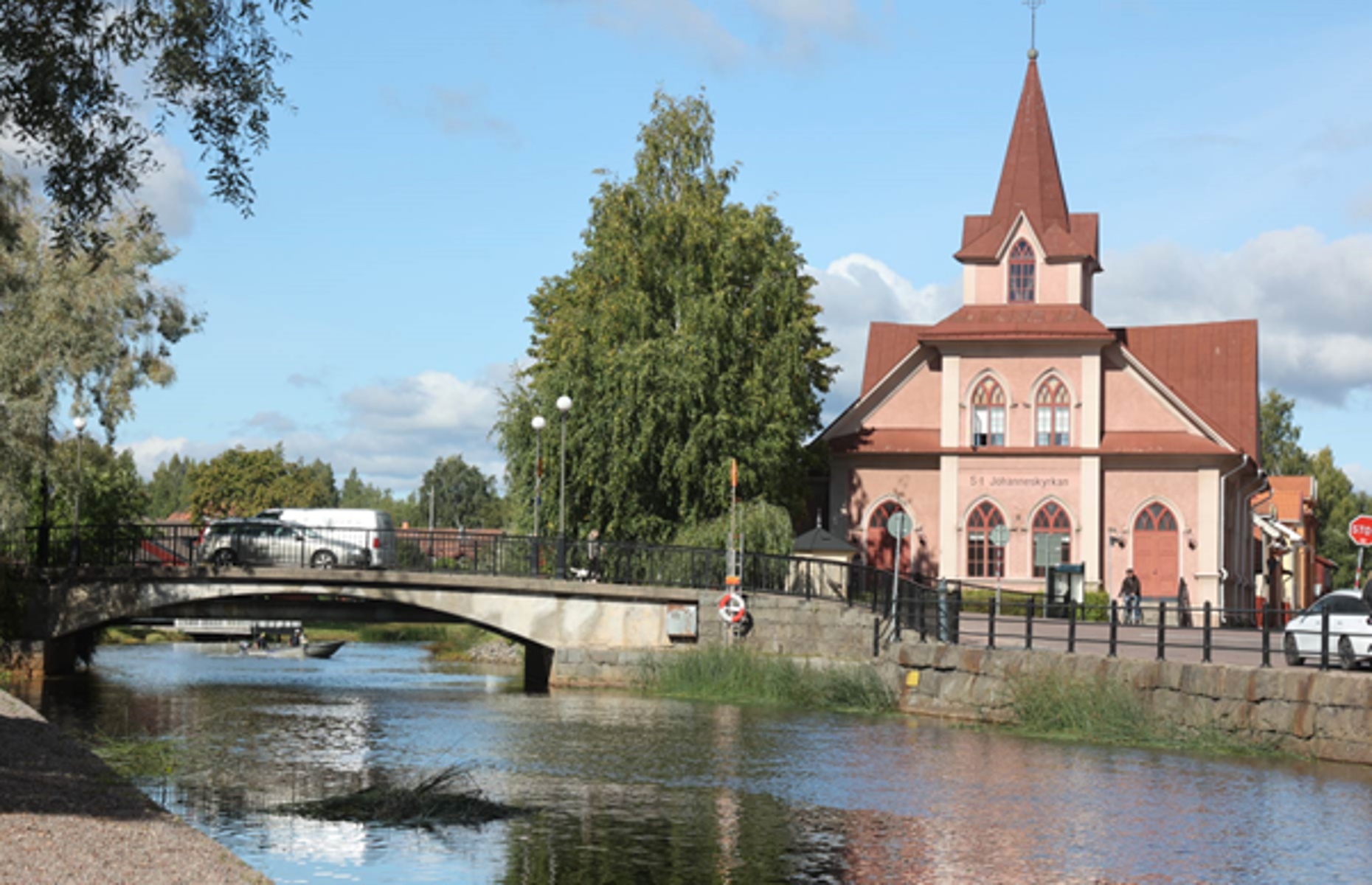 A traditional Swedish church in Falun, Dalarna. By Chris Fletchner
A traditional Swedish church in Falun, Dalarna. By Chris Fletchner
2. Learn about Swedish history at the Falu Gruva copper mine
Also in Falun is Falu Gruva, one of the oldest and biggest copper mines in Europe. At one time it produced two thirds of all copper in the western world and during the 17th century, the mines helped Sweden to become the major producer of copper.
To this day the copper mine plays a part in producing the glorious red paint that colours Swedish homes. The typical red houses you see across the country use Falu paint, which takes its name from, and is made at, the Falun copper mine. Falu red is made from leftover rocks and ores containing iron. Over time, the iron weathers to form iron oxide, which is the base for the unique pigment.
Take a tour through dark narrow tunnels – damp and muddy in places – and hear stories from deep within the mine. Your guide will teach you to knock at the door to the 1,000-year-old mine three times for good luck, echoing an ancient miner's tradition. After all, you don’t want to incur the wrath of Gruvfrun, the “Lady of the Mine”…
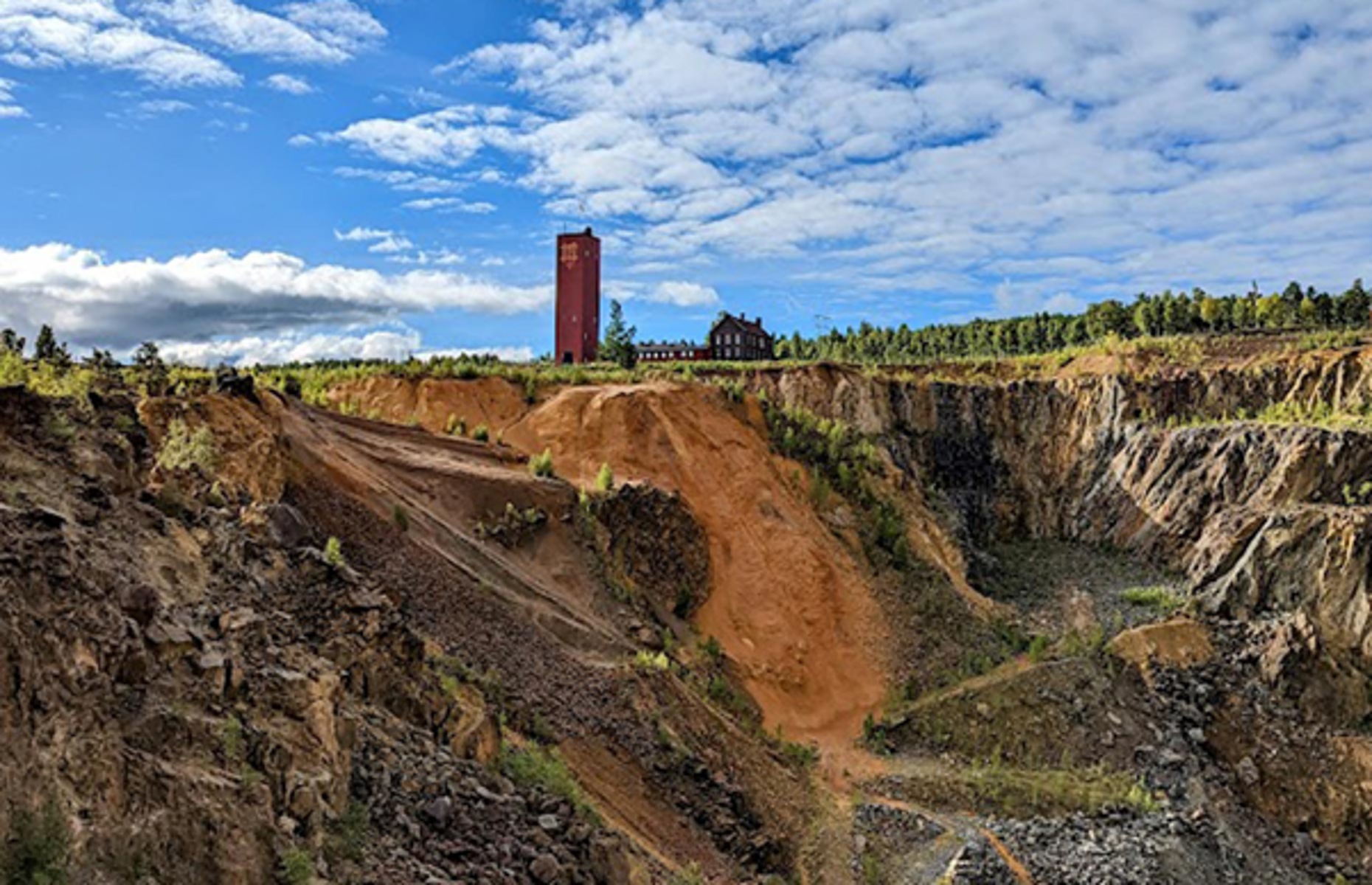 Falu Grava, Falun, Dalarna. By Carolyn Heslop
Falu Grava, Falun, Dalarna. By Carolyn Heslop
3. Get active on Lake Runn
Legend has it that Lake Runn, between Falun and the locality of Borlänge, has as many islands as there are days of the year. True or not, this is the place to come for kayaking, swimming, wildlife spotting and even ice skating. Like many places in Dalarna, Lake Runn is enjoyable in any season.
Hire a kayak or paddleboard and take to the crystal-clear water. Paddle to the islands dotting the lake and look for birds and other wildlife. It's also a great spot to pitstop and enjoy fika, while soaking in Lake Runn's natural landscapes. Fika is a tradition all over Sweden, where friends and family gather to share coffee and sweet cakes. It's typically enjoyed twice a day, in the morning and later in the afternoon, anywhere you can.
4. Take in the quaint scenery of Sälen
Often associated with the ski season, Sälen is in fact just as enticing during the warmer months. It’s far quieter at this time too, which means you’ll find even more space out in some of Sweden’s most beautiful natural spots.
You can hike, bike or even take a husky for a stroll (or, let's be honest, be taken for a stroll by a husky) in the mountains here, with tracks available for all abilities.
There’s more of Sweden’s history to discover here too, in the form of Högfjällshotellet, Sälen’s oldest ski resort built in 1937; and Gammelgården, a traditional restaurant and ski lodge which has buildings dating back as far as 1649.
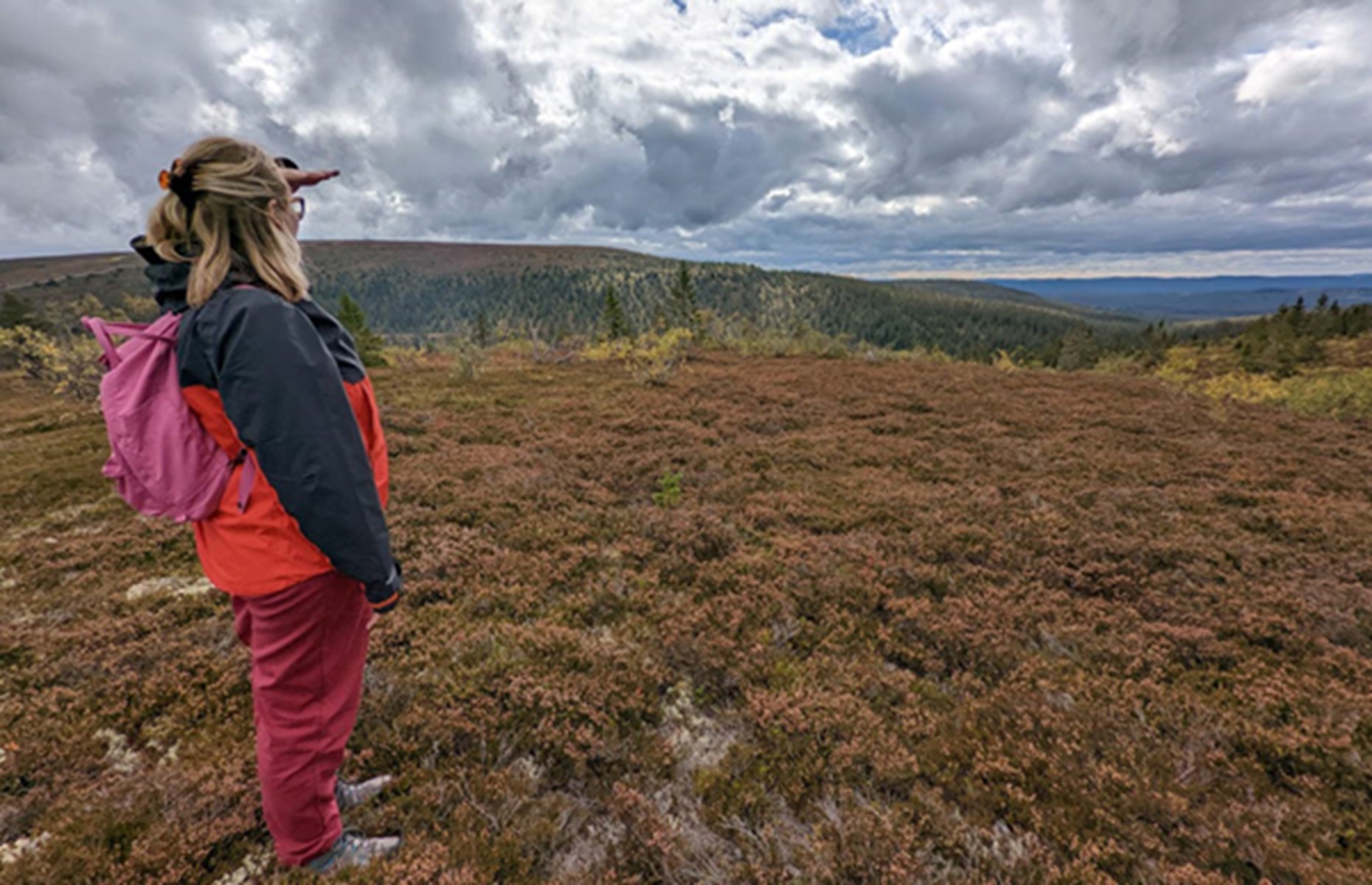 Högfjället-mountain-in-Sälen. By Carolyn Heslop
Högfjället-mountain-in-Sälen. By Carolyn Heslop
5. Delight in the creation of dalahäst
One of the most prolific Swedish symbols you’ll see in Dalarna is the Dalahäst or Dala horse. Once unveiled at the World's Fair in New York 1939, the Dala horse became well-known everywhere, although the earliest reports of the Dala horse date back to 1623. Traditionally red and decorated with floral patterns but now available in a variety of sizes and a rainbow of colours, this carved wooden horse is so much more than a decorative item.
Although made locally from wood from the slow-growing pine forests around Lake Siljan, you can now buy Dala horses across the country. At Nils Olsson in Nusnäs, see the beautiful horses being created – the family-run business has been manufacturing them since 1928.
You can see a Dala horse being made here.
6. Swat up on Swedish art and design
Swedish design is world-famous – and we're not just talking about IKEA. Swedish decor takes inspiration from the beauty of the country’s landscapes and its most prolific artists. One such artist, Anders Zorn, lived in Mora, a picturesque city in the Dalarna region. Today you can visit The Zorn Museum, which was also where Anders lived with his family, surrounded by his work.
As demonstrated on the Dala horses, Dalmalning – Swedish folk painting – also decorates much of Dalarna, from its buildings to its phone boxes. A tradition dating back to the 1700s, Dalmalning uses traditional Swedish Dala motifs: draped floral garlands and borders filled with beautiful bright colours.
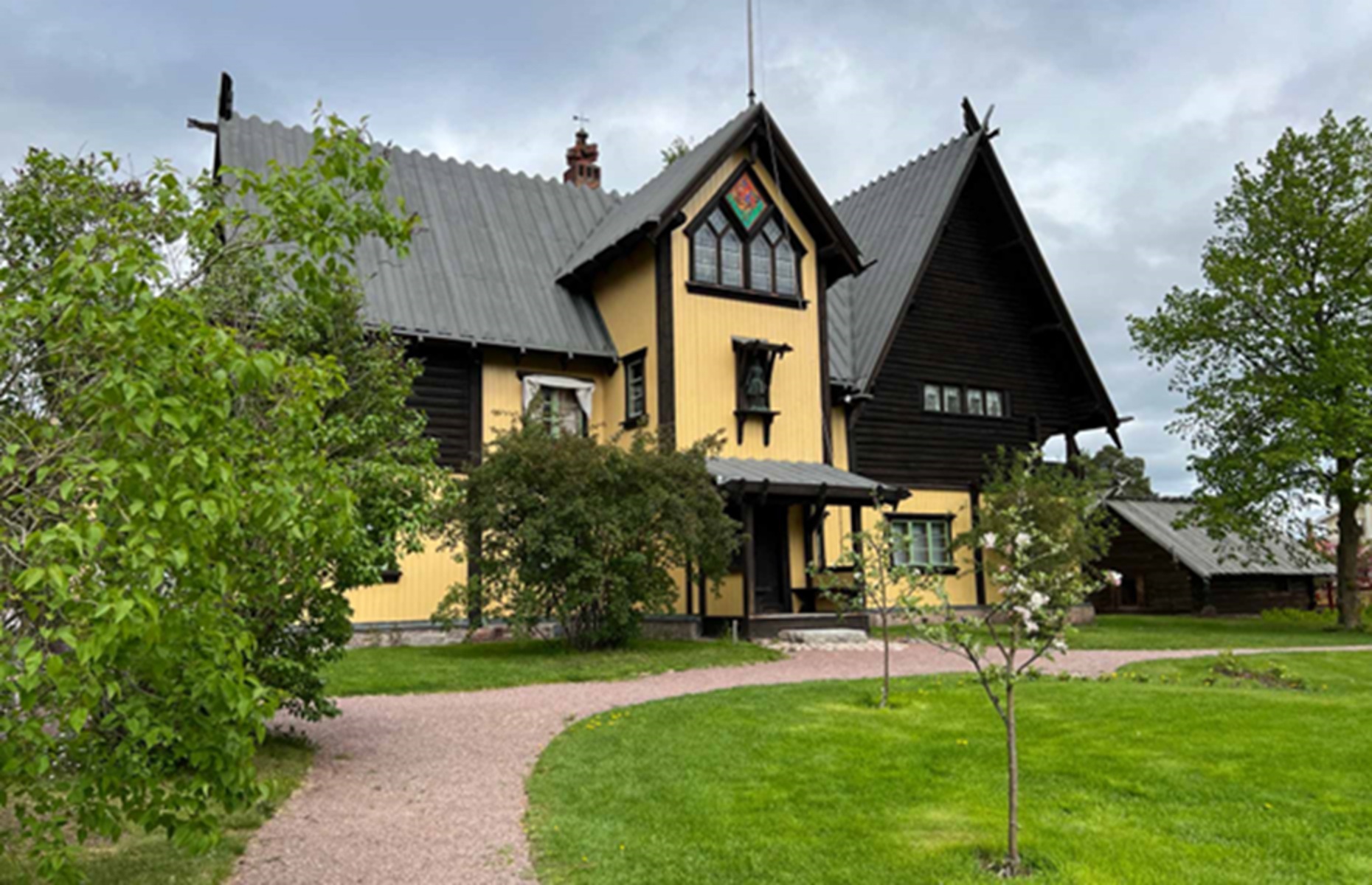 Anders Zorn Museum/ Chris Fletchner
Anders Zorn Museum/ Chris Fletchner
7. Marvel at Midsummer in Mora
Mora, sitting on the northern shore of Lake Siljan, is perhaps best known for its associations with Vasaloppet, or “the Vasa-race” – the world’s oldest long-distance cross-country ski race (since 1922). Competitors cross the finish line here after starting in Salen. The inscription found on the finish line's archway is in ancient Swedish and roughly translates to “In the footsteps of the fathers — for the victories of the future”.
Elsewhere in this vibrant city you should pay a visit to the Anders Zorn Museum and if you’re in Mora on a Friday between 19-25 June, celebrate Midsummer. This cherished celebration of the summer solstice sees Mora’s citizens dress in traditional clothing and decorate the city’s maypole with wreaths before performing traditional dances around it. The clothing was designed by King Gustav III and introduced in 1778. Women typically wear a long skirt, blouse and apron, while men wear long socks, trousers and a coat. Floral motifs are often used to decorate the clothes and blue and yellow (the colours of the Swedish flag) are frequently used.
You shouldn’t leave Mora without visiting the giant Dala horse that stands not far from the city centre, although at around eight-feet (2.4m) tall you’d find it tricky to miss!
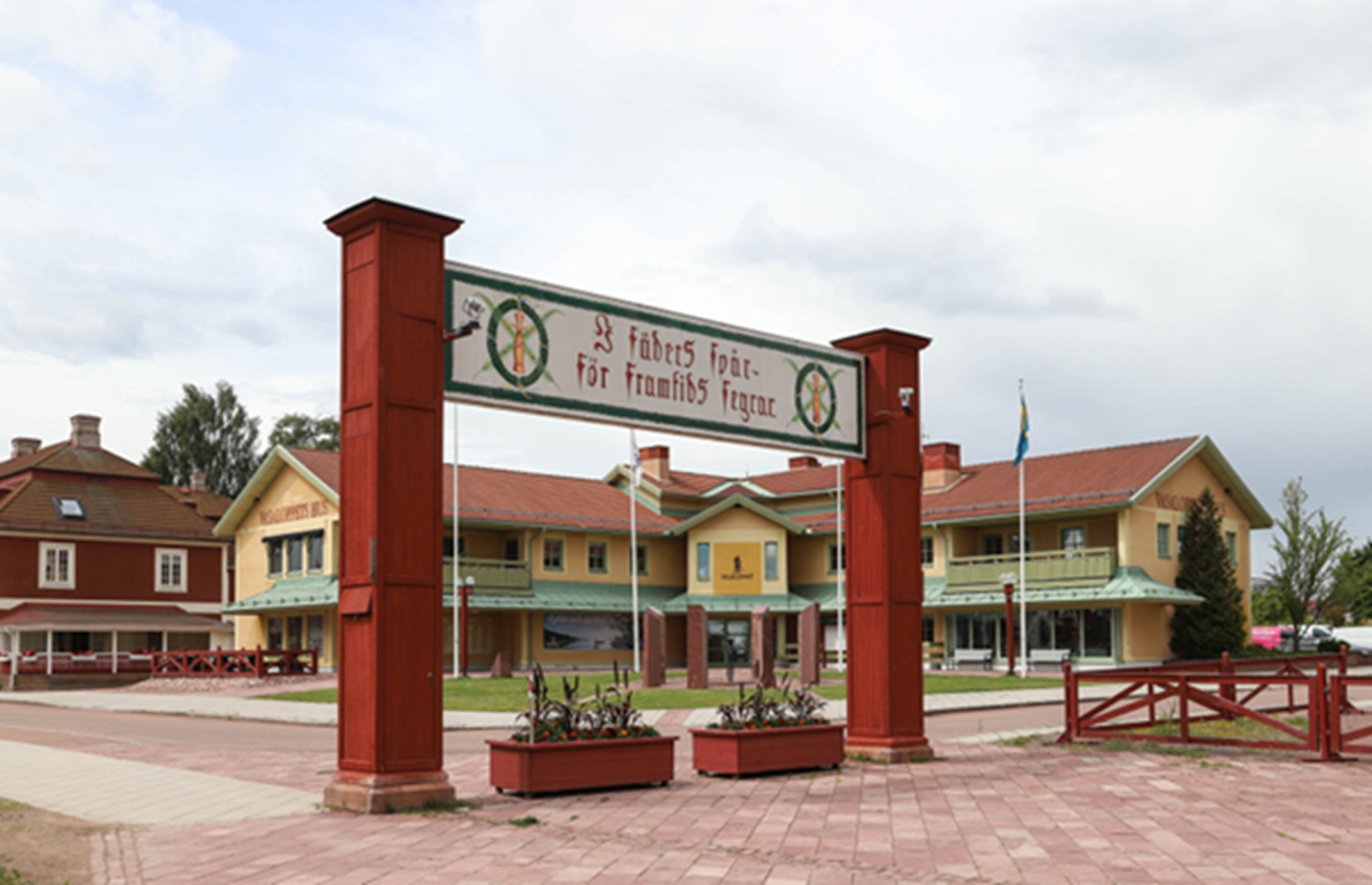 Vasaloppet finish line, Mora, Dalarna. By Michael715 / Shutterstock
Vasaloppet finish line, Mora, Dalarna. By Michael715 / Shutterstock
8. Join gastronomy tours and sample tasty food
Of course there's fika – a Swedish custom that Dalarna takes as seriously as the rest of the country – but the region also has its own specialist foods to try. Be sure to try tunnbröd, a thin, soft bread baked according to local traditions often using a mix of wheat and potatoes. It is rolled into a cone and filled with various delicious things, from potatoes to local meats and cheeses.
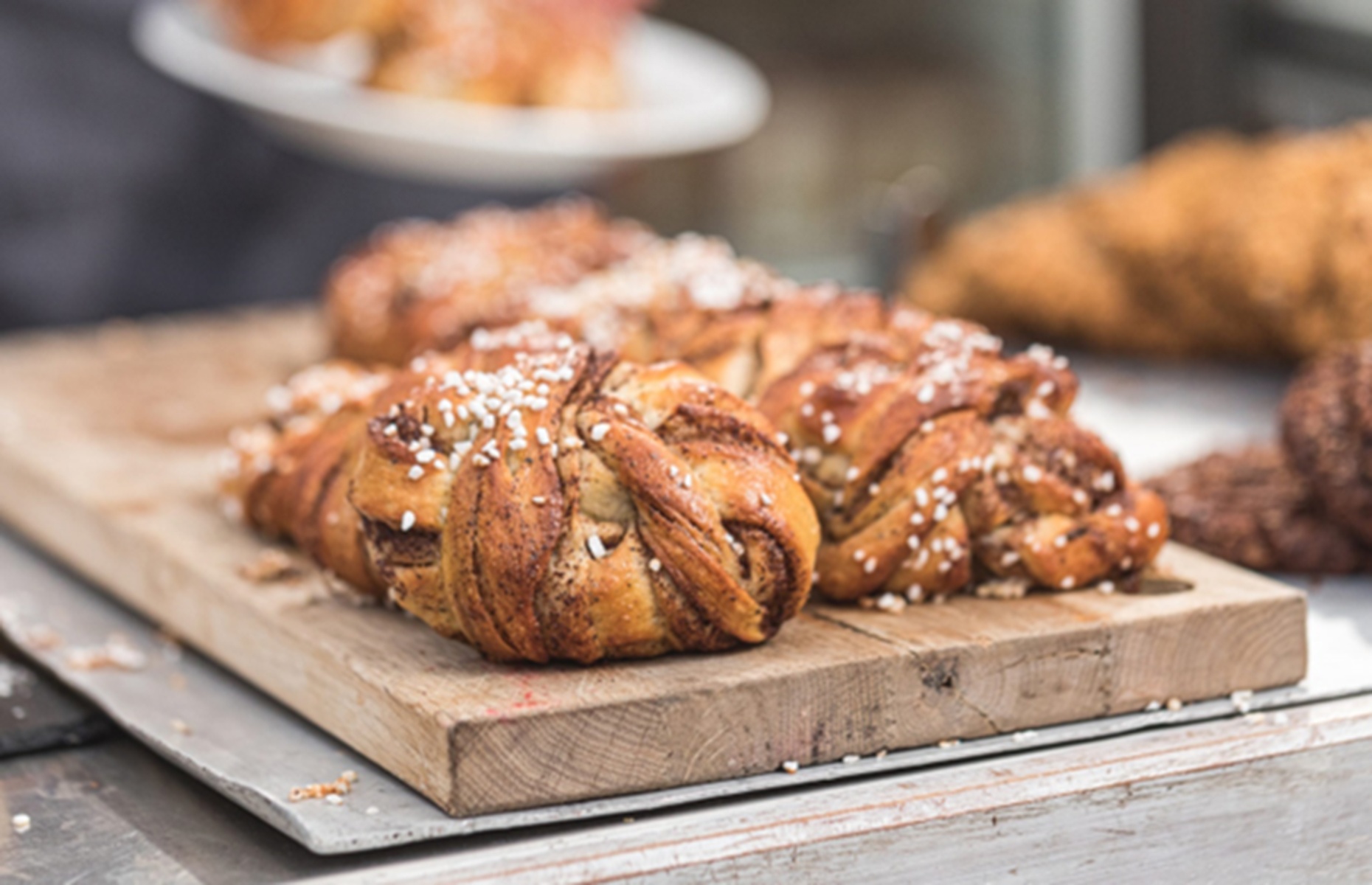 Cinnamon buns in traditional Fika. By Angela-Kotsell / Shutterstock
Cinnamon buns in traditional Fika. By Angela-Kotsell / Shutterstock
To really get a taste of Dalarna and learn even more about Swedish culture, take a guided gastronomy tour to learn about the flora, fauna and foods that grow in the countryside and mountains. Lingonberries, cloudberry jam, cheese and elk are just some of the tasty things your can try while surrounded by mountainside views.
More information about Dalarna can be found at: visitdalarna.se/en and visitsweden.com
Comments
Be the first to comment
Do you want to comment on this article? You need to be signed in for this feature